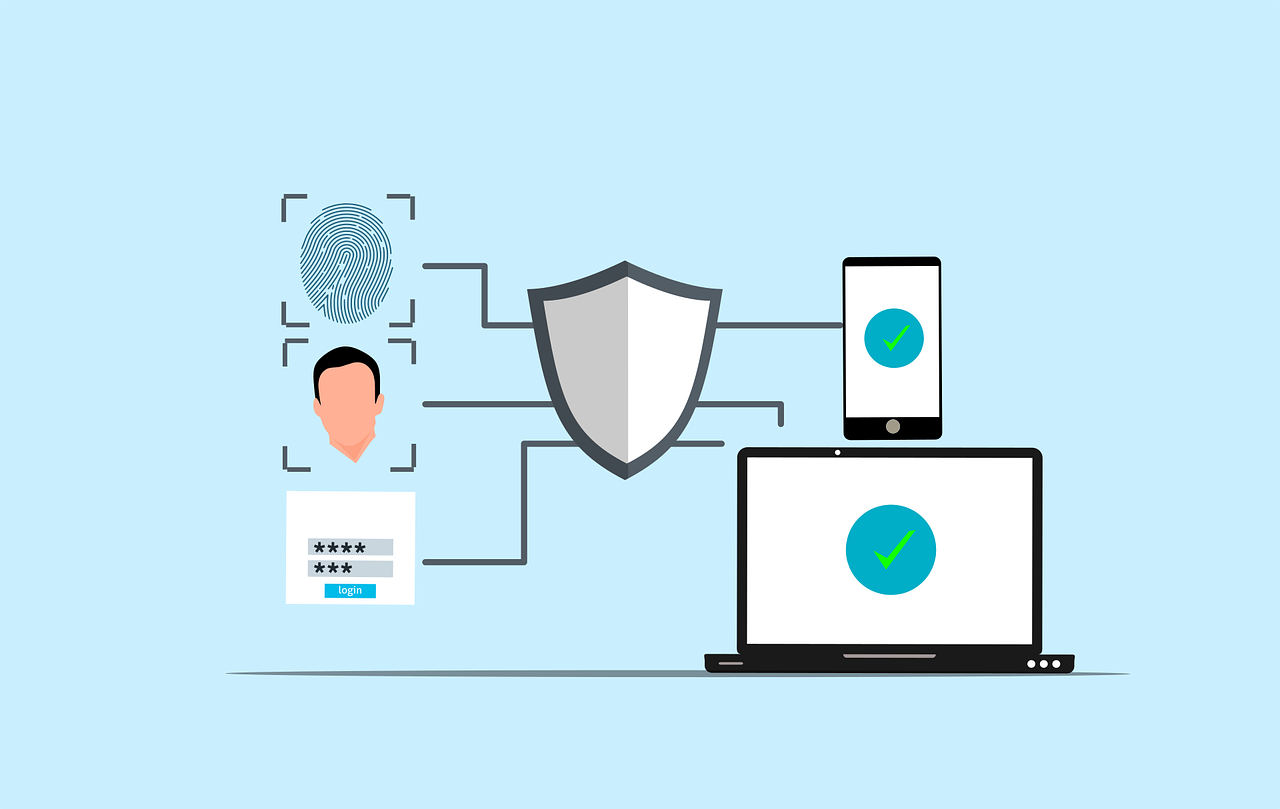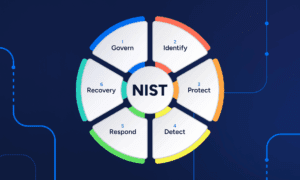With cyber threats increasing, managed security service providers must enhance their efforts. They need to offer strong, standardized, and compliant vulnerability management. NIST provides a dependable framework for these matters. MSSPs can follow NIST guidelines to prioritize risks better. This helps them follow new rules and gain client trust with clear, repeatable steps.
This article explains how NIST’s methods enhance MSSP services. They help reduce threats early. This positions providers as leaders in the competitive cybersecurity field.
NIST’s Role in Modern Vulnerability Management
Cyberattacks are becoming more complex. MSSPs need frameworks that mix technical strength with operational flexibility. NIST’s guidelines provide a structured, adaptable way to manage vulnerabilities. This helps MSSPs handle tricky client environments.
What Are the NIST Vulnerability Management Guidelines?
The NIST guidelines through SP 800-53 require vulnerability management to prioritize risk assessment. Risk prioritization plays an essential role according to guidelines in both the Cybersecurity Framework (CSF) and the NIST guidelines. Risk monitoring should be conducted as a continuous operational practice according to these standards.
NIST recommends following three steps in identifying weaknesses and then performing objective evaluations before implementing security fixes. Analyzing the impact on business operations serves as a method to determine this process. The technique diverges from standard reactive systems. MSSPs must transition away from delivering standardized services to clients.
The company should apply strategies specifically designed to match the unique security risks of each client. The implementation of risk-specific strategies enables MSSPs to minimize incorrect positive alerts. Their resources become available to address essential risks after performing proper risk prioritization.
Components of NIST’s Cybersecurity Framework
The NIST CSF contains five security pillars, namely, Identify, Protect, Detect, Respond, and Recover. For MSSPs, this translates to:
- Identify: Cataloging assets and mapping client infrastructure.
- Protect: Implementing safeguards, such as encryption and access controls.
- Detect: Deploying monitoring tools to uncover vulnerabilities.
- Respond: Establishing protocols for incident containment.
- Recover: Ensuring business continuity post-breach.
These components form a cycle. They help MSSPs add resilience to all parts of their vulnerability management programs.
Benefits of Aligning with NIST for MSSPs
Using NIST’s framework isn’t just about following rules. It’s a smart choice that improves service quality and boosts market credibility. Here’s how alignment drives tangible value for MSSPs and their clients.
Enhancing Client Trust through Compliance Standards
Clients seek proof of compliance with standards like NIST. This is crucial in fields such as healthcare and finance. MSSPs show commitment to HIPAA, CMMC, and GDPR. They follow the NIST Vulnerability Management Guidelines. This approach makes audits easier. It also boosts client trust in the MSSP’s ability to reduce legal and reputational risks.
Streamlining Risk Assessment Best Practices
NIST’s risk assessment method focuses on ranking vulnerabilities. It considers how likely they are to be exploited and the potential impact on the business. For MSSPs, this means replacing arbitrary severity scoring with data-driven insights.
A misconfigured cloud server with sensitive data can outshine a low-traffic internal system. Such prioritization ensures efficient resource allocation and reduces remediation backlogs.
Strengthening Threat Mitigation Strategies
The NIST stresses how important it is to perform constant surveillance with real-time threat intelligence. The capability enables MSSPs to transition from traditional scheduled scanning to predictive security measures. MSSPs create links that allow vulnerability information to combine with threat information. The system allows MSSPs to identify attacks and vulnerabilities before potential disasters.
Ransomware protection, along with zero-day exploit defense, requires this approach to be implemented. Defense breaches could develop into serious incidents because the immediate repair of these issues fails to occur.
Implementing NIST Guidelines in MSSP Operations
Moving to a NIST-aligned model needs careful planning. However, the operational benefits make the effort worthwhile. The implementation process for NIST follows this list of concrete actions that MSSPs should use.
Integrating NIST SP 800-53 Controls into Existing Workflows
Within NIST SP 800-53, there exist more than 1,000 controls across twenty security categories. This can overwhelm MSSPs. First, map controls to specific client risks. For a healthcare client, focus on access control (AC) and audit accountability (AU). A manufacturing firm might prioritize system integrity (SI). Use tools that automate control mapping to cut down on manual work.
Automating Vulnerability Prioritization and Reporting
Automation is vital for scaling NIST-aligned practices. Use platforms that gather data from scans, penetration tests, and threat intelligence feeds. These platforms can auto-prioritize vulnerabilities based on NIST’s risk criteria. Customizable dashboards can show high-risk items for client reports. This approach fosters transparency and accountability.
Aligning with NIST for Long-Term Client Success
Security improvements demonstrated by MSSPs lead to client loyalty. When MSSPs follow NIST guidelines, they can decrease annual compliance gaps. The strategic partner position, rather than the vendor role, strengthens retention and brings in new clients through referrals.
Overcoming Common Challenges in NIST Adoption
While NIST alignment offers clear advantages, MSSPs often face hurdles during implementation. Here’s how to address them without compromising service quality.
Addressing Resource and Knowledge Gaps
Most managed security service providers do not possess internal knowledge of NIST standards. Your organization can resolve its NIST expertise shortage through collaboration with compliance consultancies.
Individuals seeking NIST Cybersecurity Professional Certification should enroll in training from NIST. MSSPs should develop playbooks for reacting to typical situations such as ransomware incidents. This speeds up onboarding.
Adapting to Evolving NIST Updates and Threats
The National Institute of Standards and Technology updates its guidelines through regular revisions that integrate new security challenges. The team must appoint one member to track NIST revisions and determine their effect on client programs. The latest revision of SP 800-53 Rev. 5 incorporates enhanced cloud security elements. Hybrid environment MSSPs need this capability to succeed.
Future-Proofing MSSP Services with NIST Alignment
NIST’s adaptability ensures MSSPs remain agile as client needs and threats evolve. Here’s how alignment drives sustainable growth.
Building a Scalable Vulnerability Management Program
NIST’s framework fits various industries and organizations of all sizes. An MSSP can serve both SMBs and enterprises using the same core method. You can change how often and thoroughly you assess clients based on their risk profile. This flexibility cuts down on operational complexity and costs.
Positioning as a Leader in Compliance-Driven Security
Differentiation is critical in the crowded MSSP market. By certifying expertise in NIST standards, MSSPs can attract clients seeking compliance-ready partners. Showcase this marketing expertise. Focus on lower audit costs and quicker incident response times.
Final Thoughts
Aligning with NIST is vital for MSSPs. It builds trust with clients, improves operations, and readies them for future threats. The framework keeps MSSPs ahead of regulatory changes and new attacks. Implementing it takes effort, but the benefits are obvious. You gain better client retention, streamlined workflows, and a competitive edge. For MSSPs, NIST alignment is key to long-term success.



































